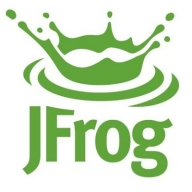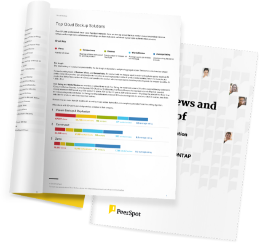We are using Shippable to automate our CI/CD, so we (and our developers) can focus on our core business.
Shippable has tremendously increased our product and features delivery by at least three times. The platform has some amazing features and the integration option makes it very simple to plug…




